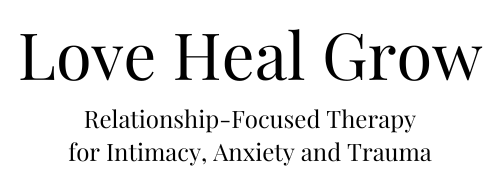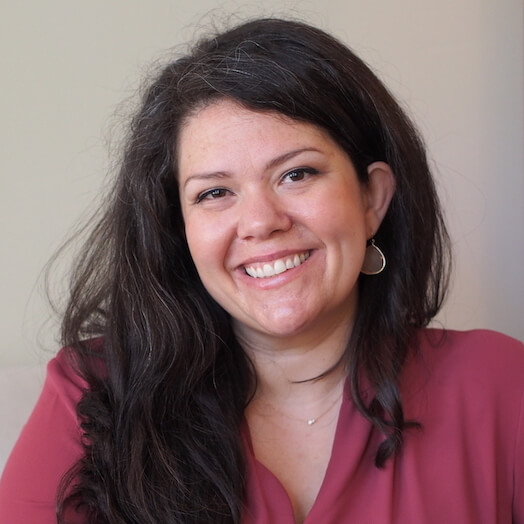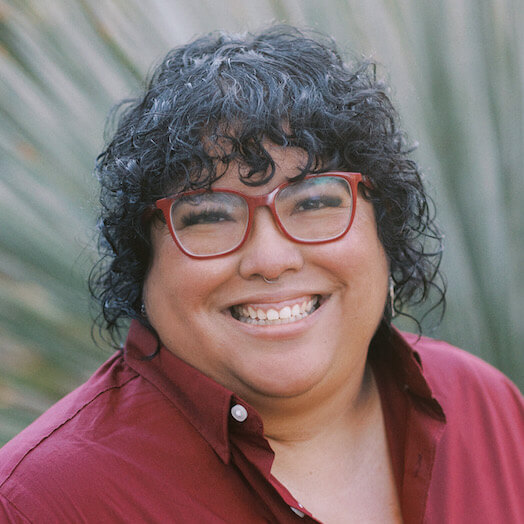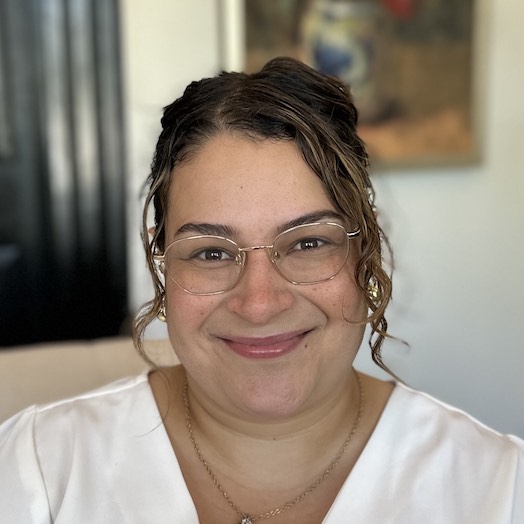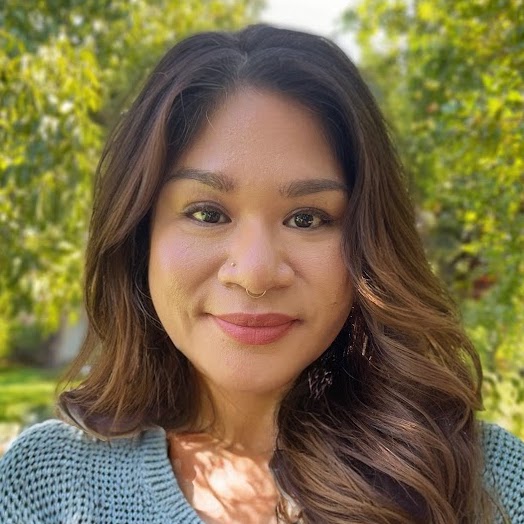
For many, the negative consequences of trauma are all too familiar. Changes in mood, intrusive thoughts and memories, challenges in interpersonal relationships, difficulty focusing or being present in our bodies… the list goes on. These symptoms can hugely impact quality of life and overall well-being, and working through them can feel like an overwhelming, even insurmountable, task. It’s not surprising that many trauma survivors find themselves feeling hopeless as they begin their recovery journey. In these moments of hopelessness, it can be helpful to consider the concept of “post traumatic growth” (PTG), which refers to the positive psychological changes that may arise as a result of trauma or highly challenging situations. It must be emphasized that these positive psychological changes do not negate or minimize the immense pain and suffering that individuals with PTSD experience. Post traumatic growth does not occur instead of post-traumatic stress but rather, alongside it. It is the process of working through, processing, and making new meaning of our trauma that lends itself to positive changes. This is not an uncommon outcome for people who have survived difficult or traumatizing experiences. In fact, researchers estimate that anywhere between one third to two thirds of trauma survivors experience PTG.
What does it look like?
Research has found 5 areas that people who have experiences traumatic or challenging life events may experience growth during the healing process:
- Greater appreciation for life and a changed sense of priorities
- Warmer, more intimate relationships
- A greater sense of personal strength
- Recognition of new paths or possibilities for life
- Spiritual and existential development
What contributes to post traumatic growth?
- Cognitive processing: Research on post traumatic growth refers to the process by which we sort through and make sense of all the thoughts, emotions, and beliefs that we grapple with in the aftermath of trauma as cognitive processing. While this process usually begins as thoughts that often feel automatic, intrusive, and distressing, it often evolves into more deliberate, organized reflection that supports the changes we see in the 5 areas of post traumatic growth.
- Sharing negative emotions: The process of sharing our negative emotions, especially with others who have had similar experiences, allows us to confront and process our negative emotions in a supportive environment, which in turn allows us to begin to make new meaning of our experiences.
- Self-compassion: Research has found that a self-caring and compassionate attitude in the face of suffering is associated with greater post traumatic growth. Extending kindness to ourselves as we heal from our past allows us to more honestly and fully engage in the processing of our thoughts and emotions.
- (Eventually) managing distressing emotions: In order to have the ability to mentally process, make new meaning, and rebuild our belief systems after a traumatic event we must first develop healthy coping mechanisms to manage the often demanding and distracting emotions that follow these events. It is important to note that the process often takes time. It is normal and expected for distress to persist after an event, and allowing ourselves to feel those distressing emotions is in fact a necessary (albeit painful) part of the process of post traumatic growth.
- Social support and community: A sense of interconnectedness and belonging plays a major role in an individual’s capacity for post-traumatic growth. Secure relationships and community support a more regulated nervous system and the re-establishment of a sense of safety and normalcy. In many ways, supportive relationships and a sense of community also help facilitate many of the above processes that contribute to post traumatic growth.
How to support post-traumatic growth
The process of healing from trauma is a deeply personal, individual journey. There is no single correct path to take. With that said, there are ways we can create a supportive environment for post traumatic growth as we heal and make meaning of challenging events.
- Practice self-compassion: It is not easy to be self-compassionate. This can be especially true for those who have experienced traumatic events. It’s okay to start small! Write yourself a kind reminder on a sticky note or begin a daily practice of thanking yourself for one thing you did that day.
- Find community in a support group: Whether in person or online, a support group can offer a space where survivors are able to connect with others who have had similar experiences, and share their stories with people who are able to understand and bear witness to their experience. If engaging with others feels intimidating, even reading the work of other survivors can help provide a sense of belonging and validation.
- Engage in art therapy or expressive writing: Creative forms of expression have proven useful in helping survivors externalize and process post-trauma emotions and experiences.
- Seek professional guidance from a therapist: Healing and growing from trauma can be an overwhelming task, it’s okay to need a little help! A trained mental health professional can support you as you navigate the challenges (and victories) you encounter on your healing journey.

Hi, I’m Maria Dimachkie, therapist for individuals and couples at Love Heal Grow Counseling.
I help individuals and couples who have overcome difficult, painful times that have left them feeling overwhelmed, frustrated, and fearful of the future. You can experience more fulfillment in your life and relationships! I’m here to support you.
You can read more about me or schedule an appointment here: About Maria
